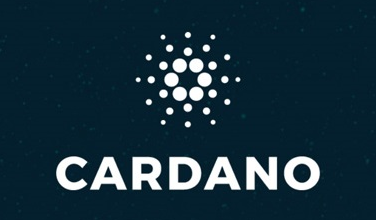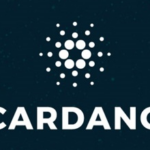Cardano’s Plomin Upgrade Allows ADA Self-Management

Cardano’s Plonim upgrade represents a significant milestone in the cryptocurrency world, as it signifies the complete decentralization of the ecosystem, handing over governance powers to ADA holders through a Decentralized Autonomous Organization (DAO). This move has been a long-time goal for Cardano and sets a new standard for self-administration within the crypto space.
The activation of the Plonim upgrade allows ADA owners to participate in vital decision-making processes concerning Cardano, including the management of reserves, personnel decisions, and future strategies. By implementing a DAO, Cardano becomes the first major cryptocurrency to adopt such a system, paving the way for a new era of decentralized governance within the industry.
Despite the groundbreaking nature of the Plonim upgrade, the reaction in the market was relatively subdued, with the price of ADA hovering around $1, significantly lower than its peak of over $3 in 2021. It raises questions about whether the value of ADA lies more in its role within Cardano’s self-governance framework than in its previous iterations under the leadership of Charles Hoskinson and Input Output.
While DAOs have faced challenges in smaller crypto projects, such as low voter turnout and the influence of large voting blocs, Cardano’s approach to self-administration represents a beacon of decentralization for the industry. By integrating governance tokens like ADA into its ecosystem, Cardano aims to harness grassroots democracy and swarm intelligence to drive innovation and efficiency in decision-making processes.
With a market capitalization of around $35 billion, Cardano’s move towards complete self-management signifies a significant shift in the industry. However, concerns remain about ADA’s lack of monetary utility and the challenges that the self-administration model may face in addressing this issue. The success of ADA moving forward will largely depend on how investors engage with the governance process and the decisions they make regarding Cardano’s future direction.
In conclusion, Cardano’s Plonim upgrade represents a bold experiment in self-governance within the crypto world. While it has the potential to redefine governance paradigms and drive innovation, challenges remain in ensuring widespread participation and addressing the monetary utility of ADA. The success of this endeavor will determine whether Cardano’s self-management model is a path to salvation or a potential pitfall in the journey towards decentralization in large-scale crypto projects.




